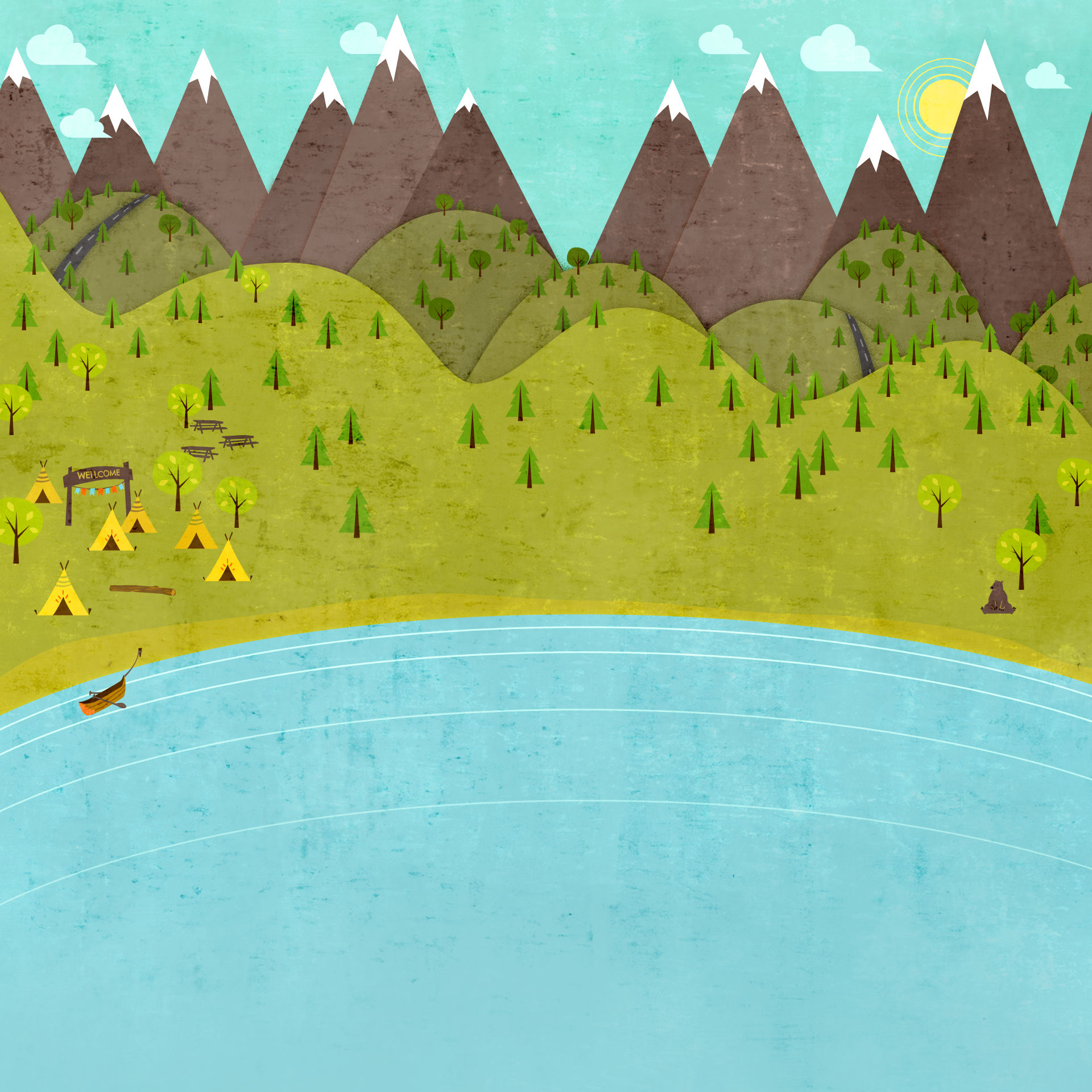
A Good Investment for Alberta?
Wind Power

This webquest activty would be appropriate at the end of Unit D, Energy and the Environment, of Science 30. The time we envisaged should be allocated to this activity would be about two 80 minutes-long class periods. It is during the second class period that the debates would take place. In order that students may have time to throroughly prepare for the debates the two class periods should ideally be spaced a few days up to a week apart. The nature of this activity presupposes that students would work on it during class time as well as outside school hours by way of homework; it is for this reason that students should be granted sufficient time for research, paper-writing, and debate preparation.
In researching how wind power generation is carried out students would be meeting to a considerable degree the second major outcome in this unit, namely: 'describe the sun as Earth’s main source of energy and explain the functioning of some conventional and alternative technologies that convert solar, nuclear, tidal and other energy sources into useable forms.'
The specific outcomes for Science, Technology and Society listed in the Alberta Program of Sudies for Unit D of Science 30 are the following:
-
Students will explain that science and technology are developed to meet societal needs and expand human capabilities;
-
Students will explain that decisions regarding the application of scientific and technological development involve a variety of perspectives, including social, cultural, environmental, ethical and economic considerations.
This webquest, by virtue of its rather exhaustive consideration of the many aspects pertaining to the topic of wind power generation, is well aligned with both specific outcomes above: students investigate and weigh the benefits and risks of wind turbine technology implementation on a large scale. In doing so they uncover how the benefits and risks relate to social, environmental, and economic considerations. The web resources students are encouraged to explore touch upon all these factors and thus convey to students a sense of authenticity, relevance, and also urgency. The debate portion, as a culmination of this webquest, further emphasizes the fact that real-world problems are highly complex and, as such, simplistic points of view only preclude us from making informed decisions about topics as critical to our society as meeting our global energy needs.
As this is a group activity, the following skills outcome is met through this project:
-
Students will work collaboratively in addressing problems and apply the skills and conventions of science in communicating information and ideas and in assessing results
In preparation for this exercise, it is strongly recommended that the teacher familiraize themselves with the resources provided, as they present more than enough background information for the students. Some students may need guidance throughout the data collection and analysis component of the project, requiring sufficient knowledge on the part of the teacher to ensure success.
Scoring rubrics are found here:
Pedagocical Considerations

